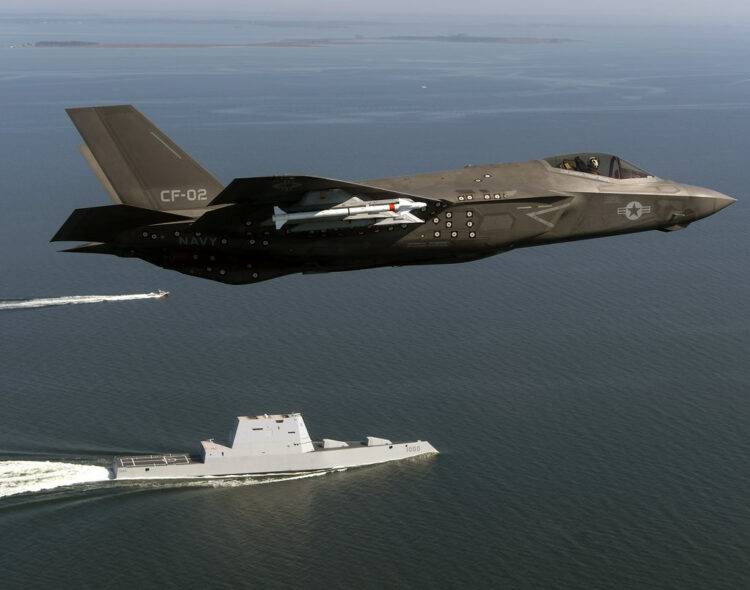Poland’s Ministry of Defense has officially named the country’s F-35 fighter jets ‘Husarz’ (Hussar), following a public contest that drew considerable participation from enthusiasts and citizens alike. The name, announced by the General Staff of the Polish Armed Forces on social media, is a tribute to the historical Polish Hussars, known for their effectiveness and distinctive winged armor. “Dear Aviation Enthusiasts, with great joy we announce that our Polish F-35 fighter now has an official name,” the General Staff posted, reflecting the national pride in this modern yet historically resonant choice.
The contest for naming the F-35s was launched on April 12, and it quickly garnered attention across the nation, with numerous suggestions flooding in on social media platforms. From historical references to animal names, the creativity of the public was on full display. “We thank everyone for participating in the voting and for their commitment to choosing the name of the aircraft!” the General Staff expressed in their announcement. The winning name, ‘Husarz’, was among the most popular, resonating with many Poles for its deep historical and cultural significance.
The Significance of ‘Husarz’:
Choosing ‘Husarz’ as the name for the F-35 jets symbolizes a bridge between Poland’s illustrious past and its advanced technological present. The Polish Hussars, an elite cavalry known for their role in many historic battles where they often played a decisive role, are a source of national pride. The F-35s, being some of the most advanced fighter jets in the world, are seen as a modern embodiment of the spirit and valor that the Hussars represented. This naming also aligns with a tradition in the Polish Air Force of naming aircraft with animal or symbolic names, such as the F-16s known as ‘Jastrzębie’ (Hawks).
Future Implications and Defense Modernization:
With the introduction of the F-35 ‘Husarz’, Poland marks a significant upgrade in its military capabilities. The jets, ordered in 2020 as part of a $4.6 billion deal including support and training systems, are set to be a cornerstone of Poland’s air defense strategy. The first batch of four jets is currently under production and is expected to be ready by mid-year, with Polish pilots starting their training in the U.S. soon after. The complete delivery of all 32 jets is scheduled by 2030, bolstering Poland’s commitment to maintaining a robust defense posture in a rapidly evolving global security environment.
This article discusses Poland’s decision to name its new F-35 fighter jets ‘Husarz’, reflecting both a historical reverence and a forward-looking defense strategy. The choice symbolizes a continuation of Poland’s rich military tradition while embracing cutting-edge technology to ensure the security and effectiveness of its armed forces in the future.


















